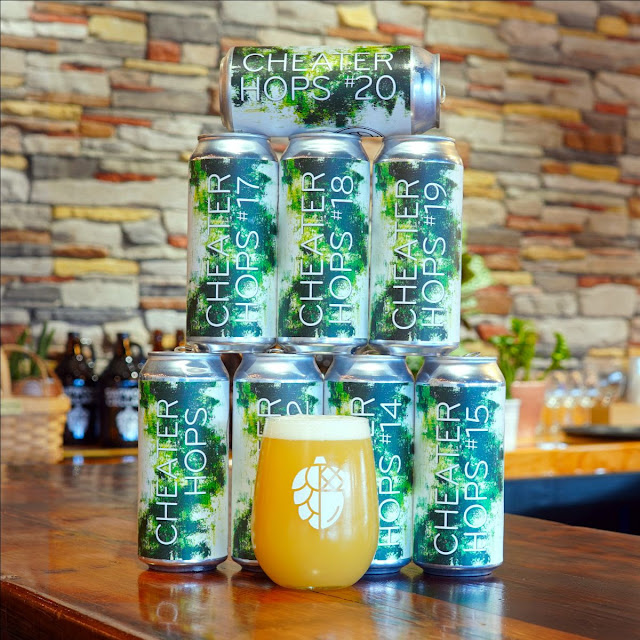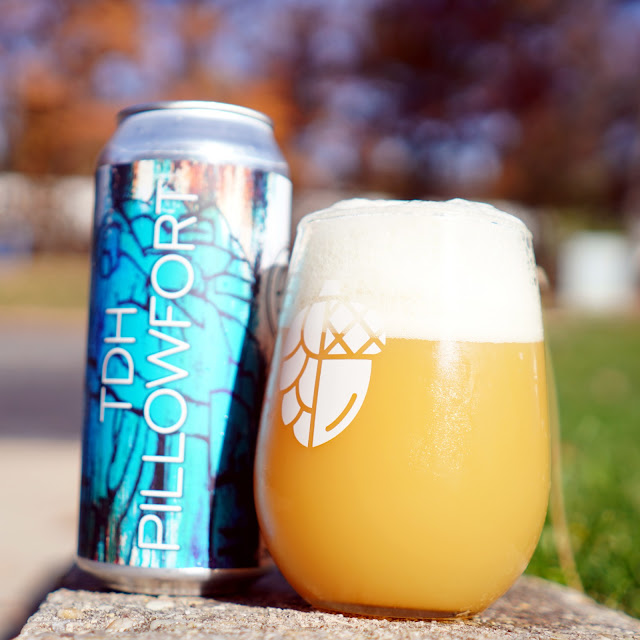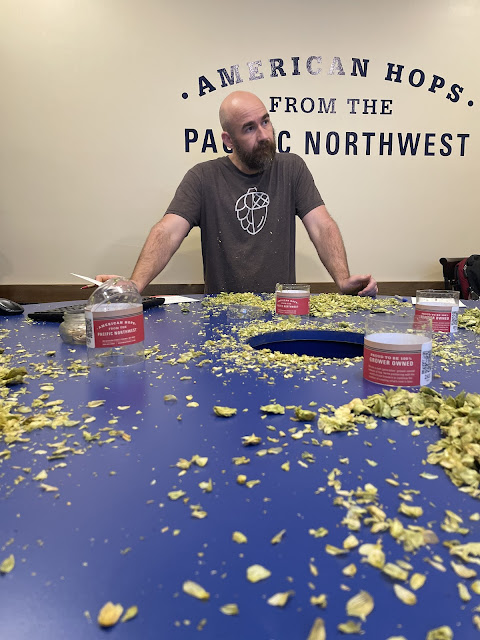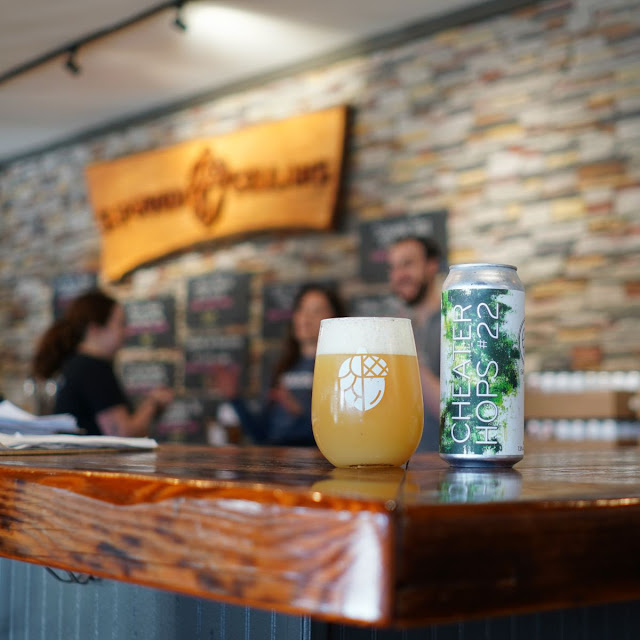To be a part of the craft beer scene in New Orleans is to be a part of the city’s vibrant culture of culinary delights, thoughtful drinks, deeply rooted music traditions, and an emphasis on socializing within the community.
The post Beer in a Cocktail Town: How Craft Breweries Have Enriched NOLA appeared first on CraftBeer.com.
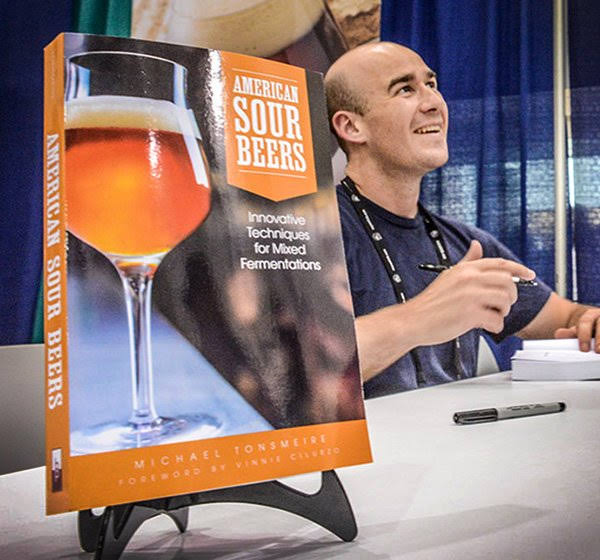
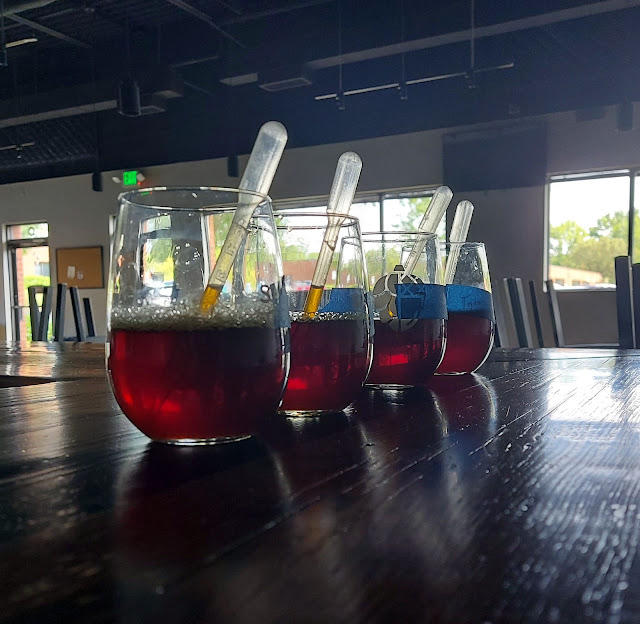
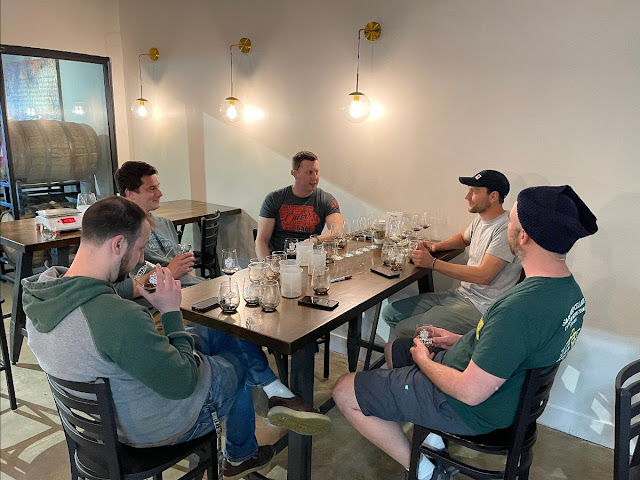
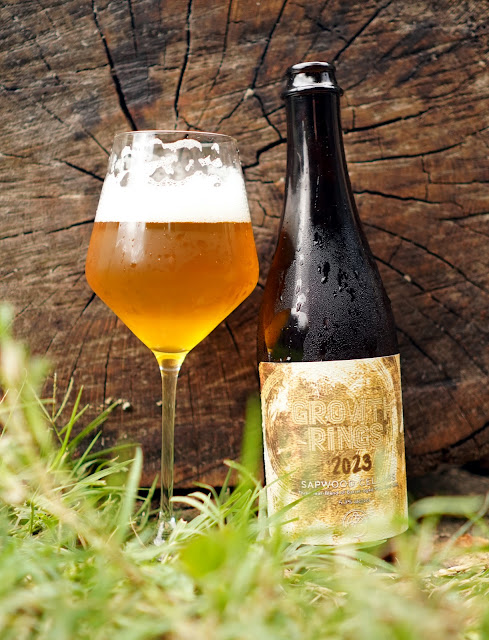
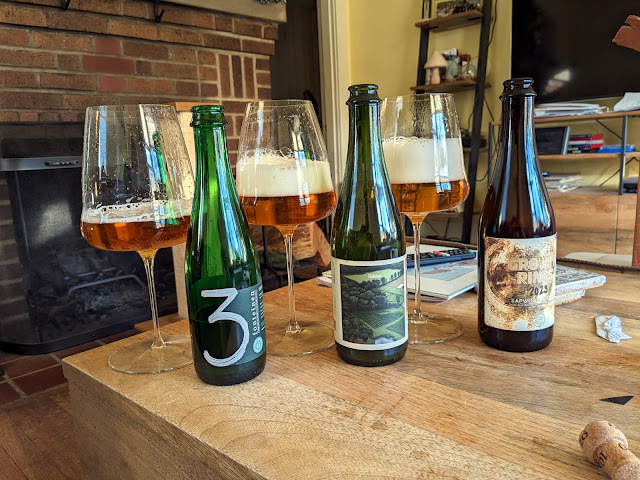
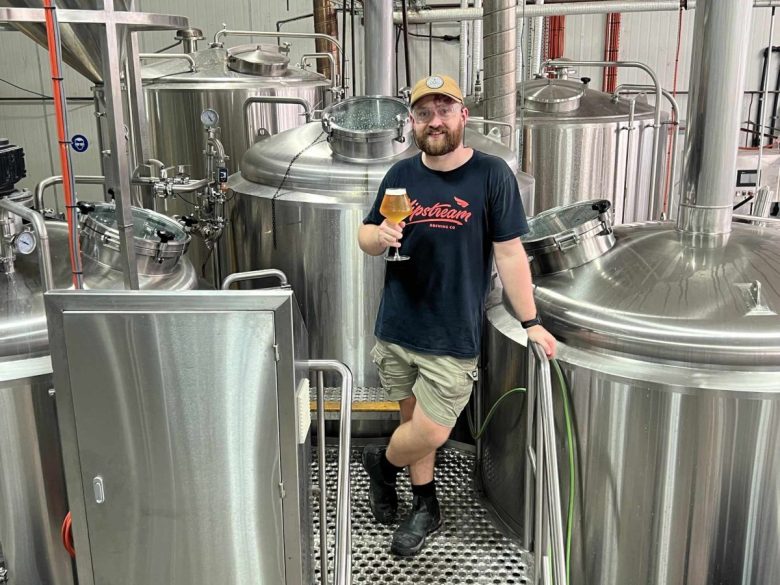 2024 Queensland Royal Emerging Queensland Brewer Daniel Thomsen on his dedication to learning and his work at Slipstream Brewing.
2024 Queensland Royal Emerging Queensland Brewer Daniel Thomsen on his dedication to learning and his work at Slipstream Brewing. 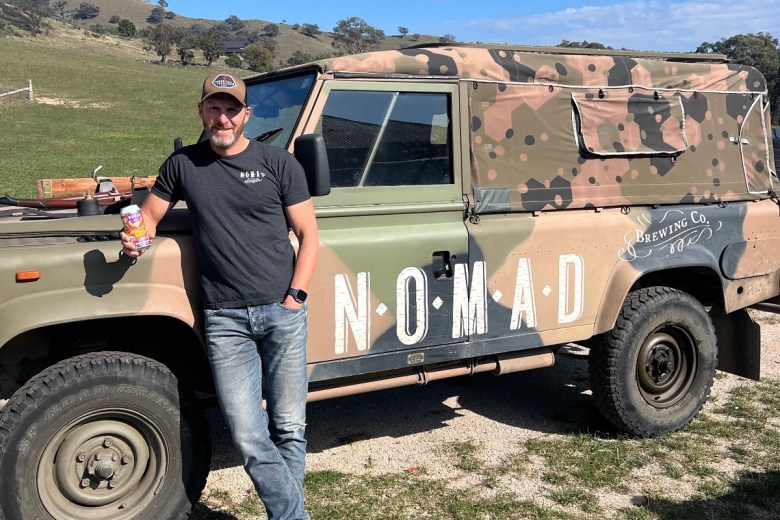 Kerrie Abba and Johnny Latta have put Nomad Brewing Co up for sale just shy of the Northern Beaches brewery's 10th anniversary.
Kerrie Abba and Johnny Latta have put Nomad Brewing Co up for sale just shy of the Northern Beaches brewery's 10th anniversary. 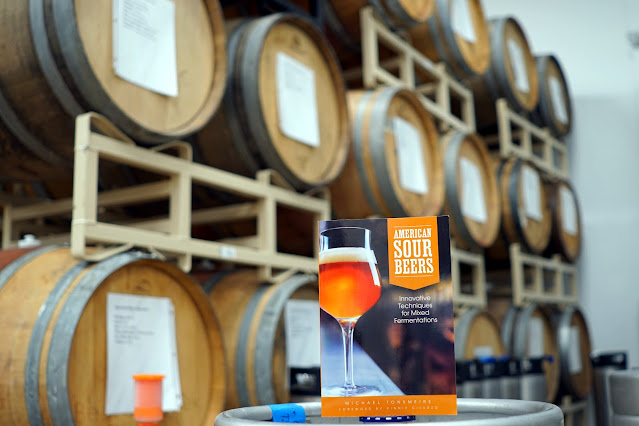
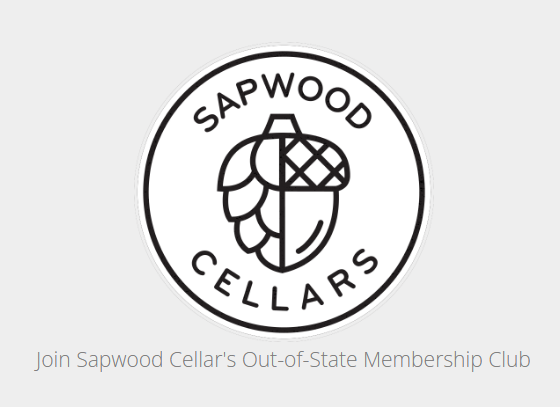
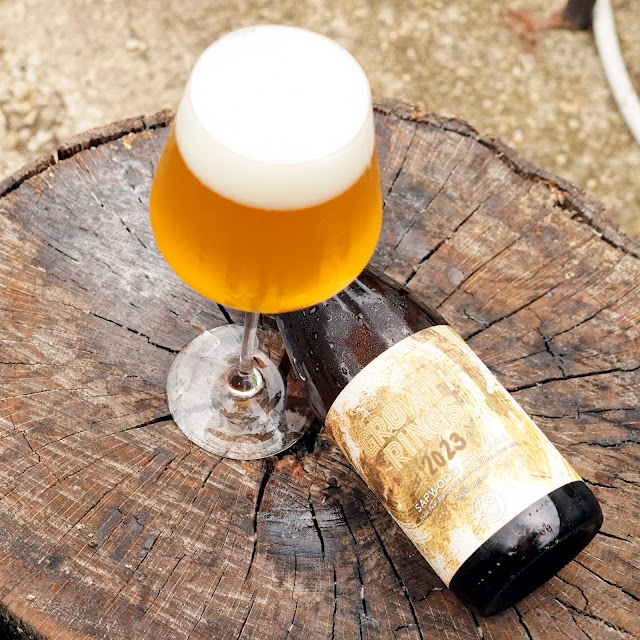
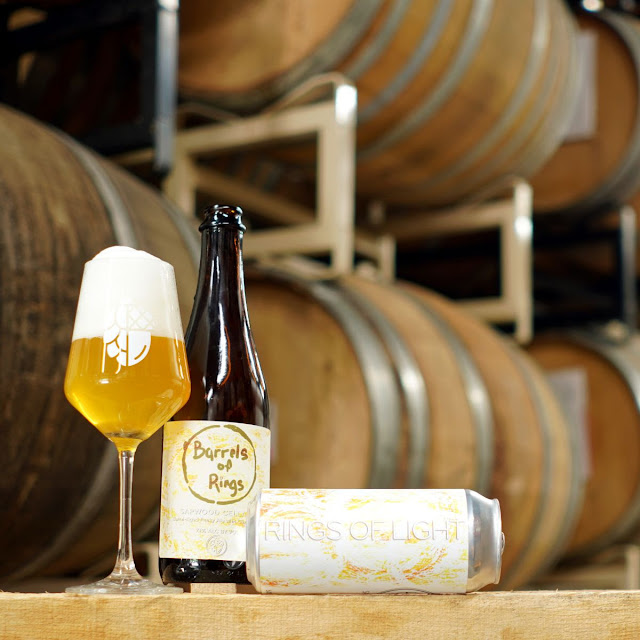
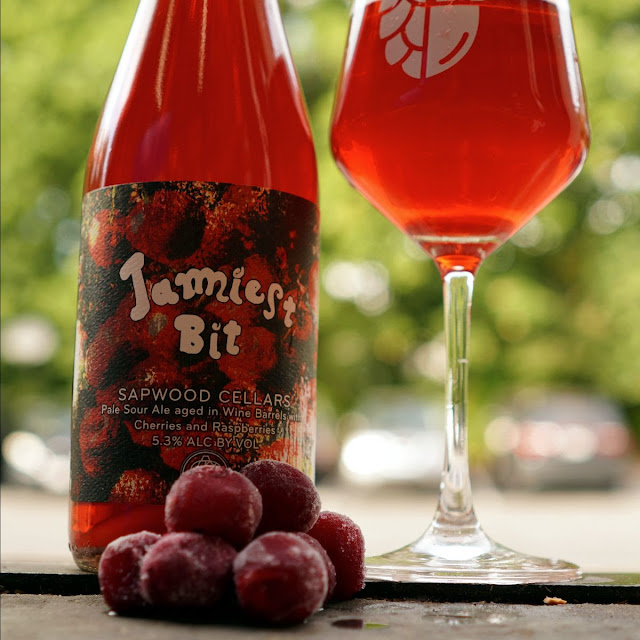
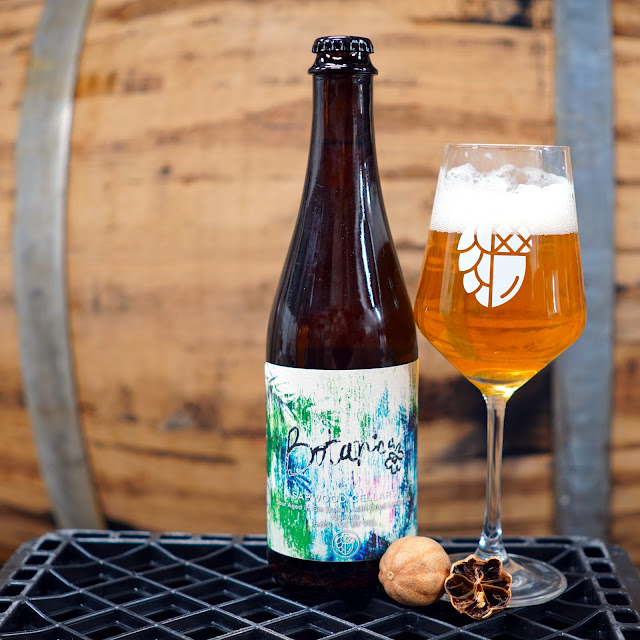
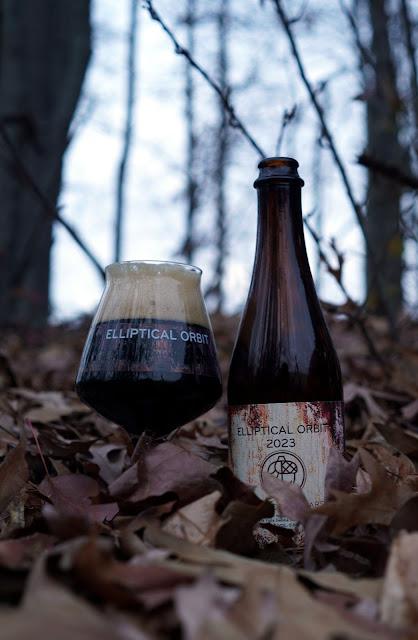
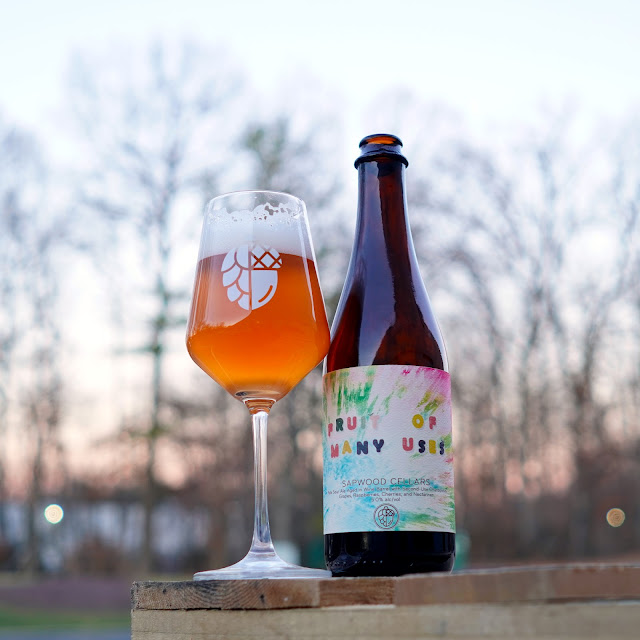
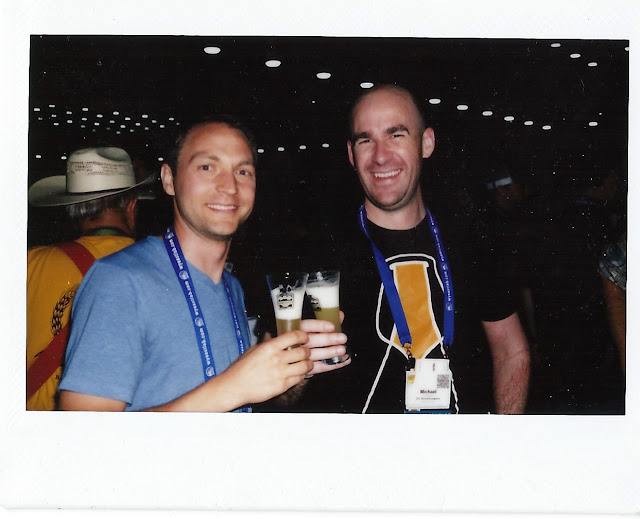
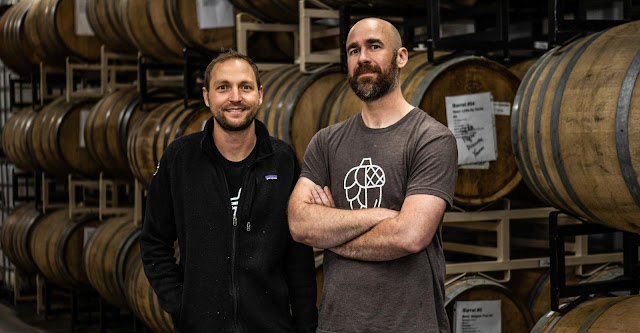
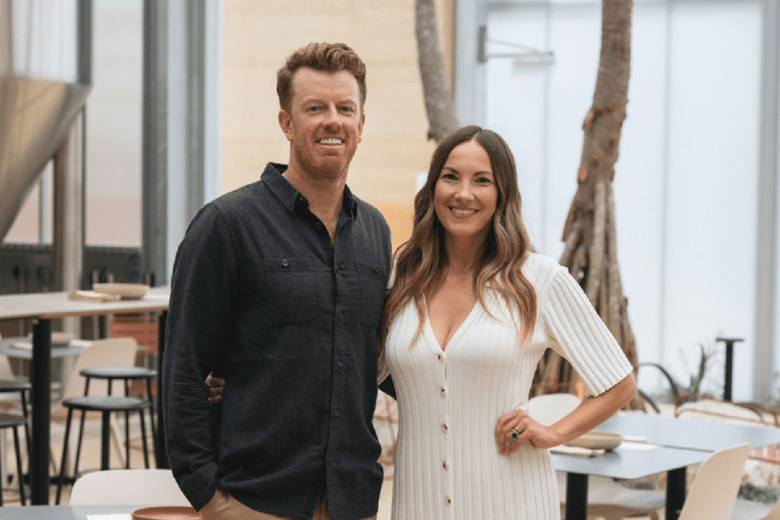 Ahead of Modus Brewing’s 10th anniversary celebration this weekend, we chat with Co-Founder Grant Wearin about his highlights from the past decade.
Ahead of Modus Brewing’s 10th anniversary celebration this weekend, we chat with Co-Founder Grant Wearin about his highlights from the past decade. 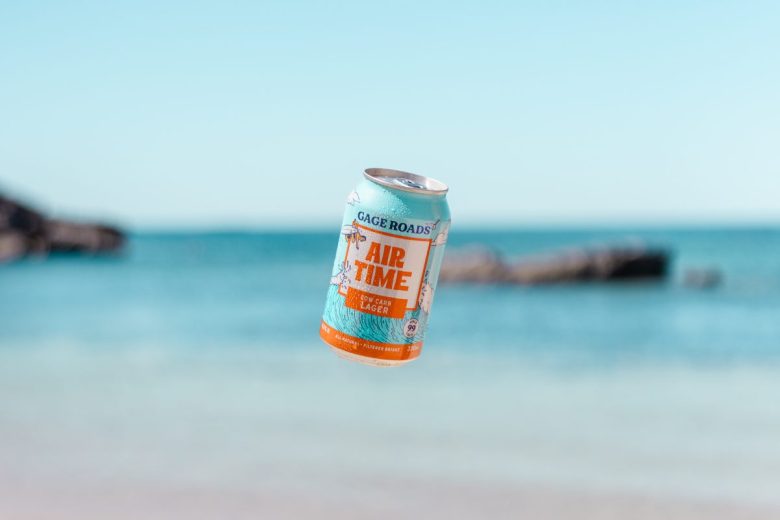 New low carb lagers and an Australian rollout of a popular non-alcoholic stout hit the shelves and beer taps.
New low carb lagers and an Australian rollout of a popular non-alcoholic stout hit the shelves and beer taps. 
